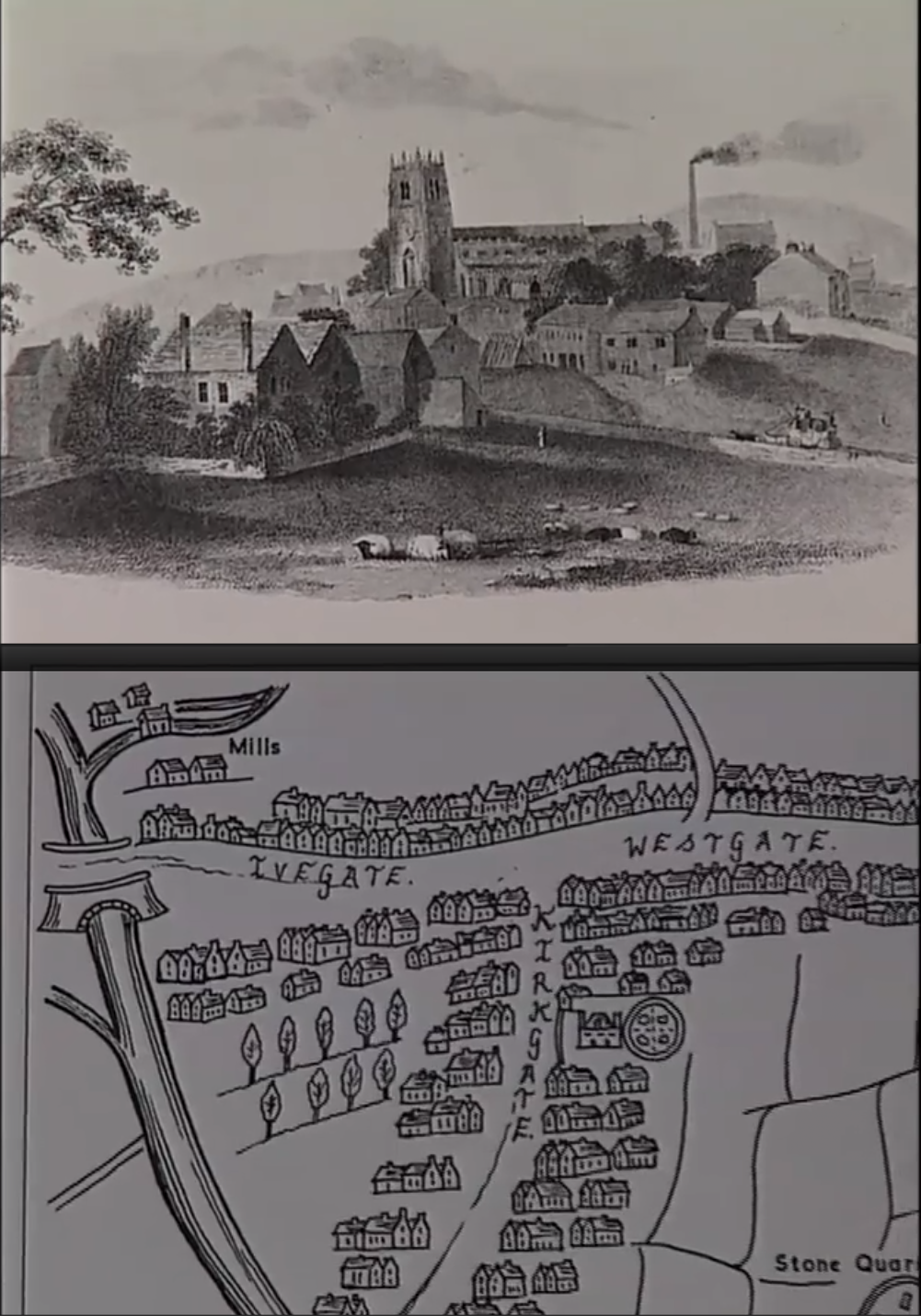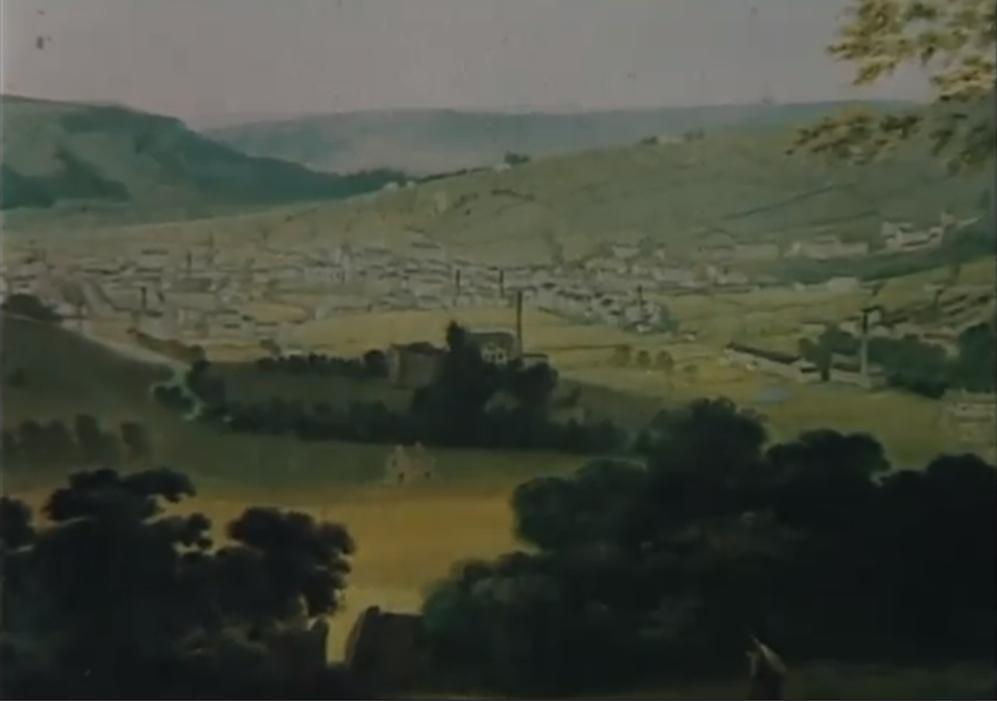The production of material made from wool has been with us for thousands of years, ever since the need arose to use clothes and blankets to keep warm. Temperatures lowered and our ancestors moved into colder climates. Within these climates were animals such as goats, which over time became domesticated and bred to become the sheep we see around us on farms and in the countryside today.
The conversion of raw wool into spun yarn remained a process virtually unchanged for many centuries. In the British Isles during the Bronze Age wool was woven into cloth. This was at least 1900 BC, and this process of using spinning wheels and hand looms only developed at a slow pace over many years.
Then in what seems like an instant, everything changed. From the late 18th century onwards, the Age of Steam and the Industrial Revolution dramatically altered everything. Things moved up to a different scale, and they just kept moving. Hand looms remained in some cottages, for woollen production had been a cottage industry. Now it was a mill industry. Huge mills were built to house huge machine looms, which were operated by only handfuls of workers. Bradford became a very important location for the production of wool, due to some key factors.
-
It was situated within the rolling hills of the Yorkshire Dales, where sheep had thrived for millennia.
-
It had an abundant supply of soft-water, ideal for treating the wool, and
-
It had huge underground deposits of coal, which would be mined and then burned to fuel the furnaces which powered the mills.
One more factor to consider was Bradford’s location. By the age of steam, it was already well connected to other parts of the district and beyond by packhorse trails, roads and the canals, which had been in existence for about 80 years already. In Bradford the canal finally opened in 1774, although its conception was initially some 30 years prior to this date.
This infrastructure helped give Bradford a grounding to begin the export of its wool. However it wasn’t until 1846 that tracks and steam power arrived in Bradford. This made moving goods around the country far faster and more efficient.
By this time a small number of Jewish merchants had come to Bradford, mostly via Manchester over the Pennines. They had come to England, mainly from Germany and Denmark. The earliest Jewish businessman to arrive in Bradford was Leo Schuster (a later convert to Unitarianism) who is said to have arrived by 1829, opening premises on the present site of the Bradford Hilton Hotel on Hall Ings, by the Interchange. Jacob Behrens arrived in 1838. Adding to these two, Jacob Unna came to England in the early 1820′s, arriving in Bradford by 1844, all while Bradford was no more than a newly bustling market town.
The opening up of the countryside by the railways would seem to be a key factor in drawing businessmen and speculators from major cities and ports on the continent, to a small rural, backwater market town. Within 50 years Bradford had been transformed forever.

Early merchant pioneer: Sir Jacob Behrens with his family in 1858, 20 years after his arrival in Bradford


